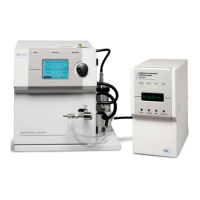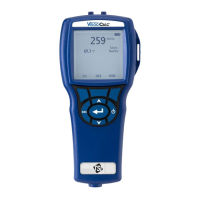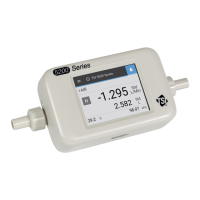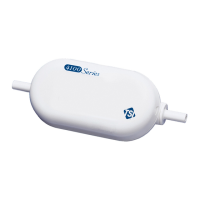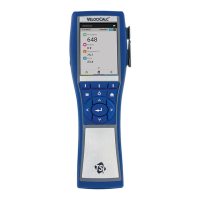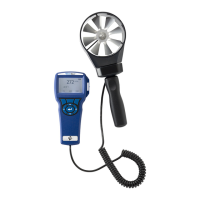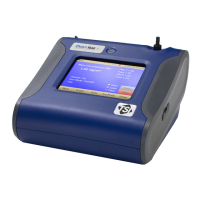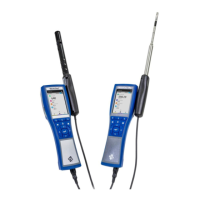B–2 Series 3080 Electrostatic Classifiers
[1982] and Hoppel [1978], and the data reduction technique was
developed by Fissan et al. [1982]. The approximation of the bipolar
charge distribution on submicrometer particles has been taken
from the work of Wiedensohler [1986, 1987] and Wiedensohler and
Fissan [1988].
In 1989, Wang and Flagan improved upon the system by using a
dynamically scanned DMA voltage. This system, called SEMS
(Scanning Electrical Mobility Spectrometer), provided rapid aerosol
distribution measurements. Instead of requiring several intervals of
ten minutes each to measure a size distribution, the SEMS could
provide results in less than one minute.
In 1993, TSI commercialized the scanning system as the SMPS
™
spectrometer.
In January of 1999 TSI began shipping a complete redesign of
earlier Classifier models as the Model 3080 with modular DMAs.
The instrument includes improvements such as:
Choice of two interchangeable DMAs and flexibility to use
custom DMAs
Recirculating flow for precise match of sheath and excess flows
Accurate microprocessor-controlled volumetric flow
Convenient front-panel design with control knob and built-in
display
Precision dynamic high-voltage supply for fast, accurate
scanning
Optional easy-to-install positive high-voltage supply (negative
supply is standard)
Electronic control of flow, voltage, particle-size, and instrument
functions
Impaction Theory and Operation
An impactor may be mounted on the outside of the Electrostatic
Classifier (see Figure B-1). The aerosol first enters an impactor,
which removes particles above a known particle size by inertial
impaction. The aerosol flow is accelerated through a nozzle directed
at a flat plate, as shown in Figure B-2.
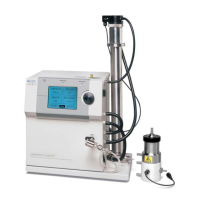
